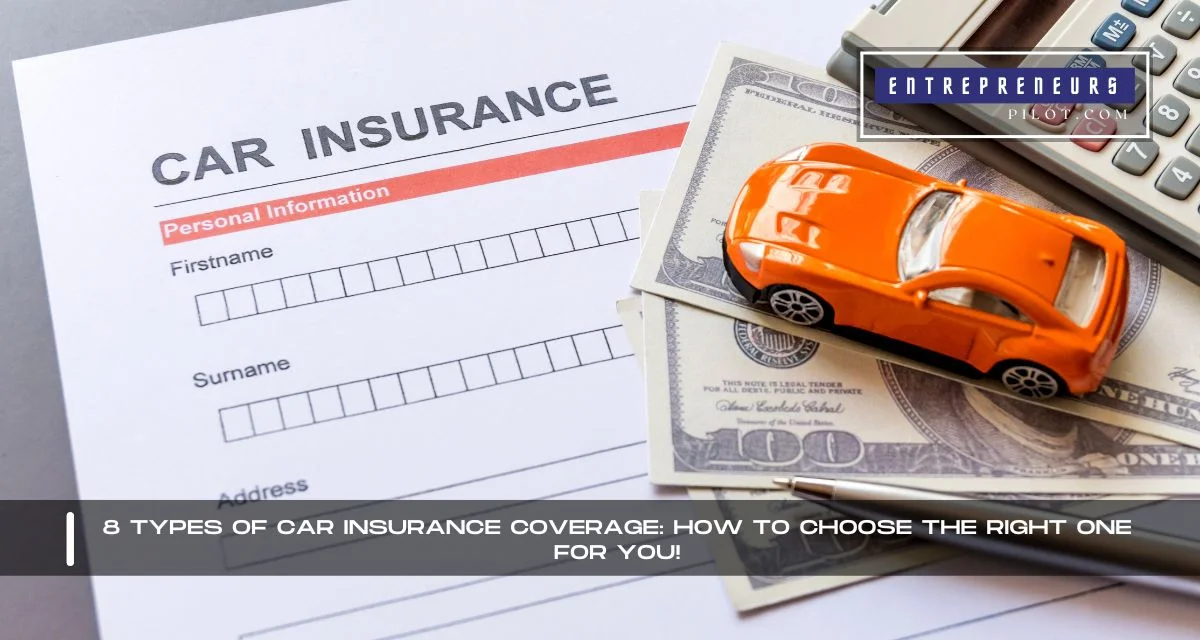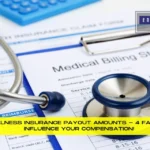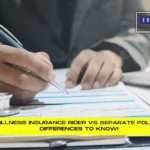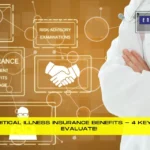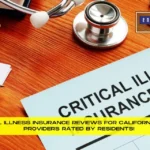Introduction
Navigating the maze of car insurance options can be a daunting task. With a plethora of Types Of Car Insurance Coverage out there, how do you ensure you’re adequately protected without paying for unnecessary extras? This isn’t just about ticking boxes; it’s about safeguarding your journey, no matter where the road takes you. Imagine driving with the peace of mind that comes from knowing you’re covered, no matter what twists and turns lie ahead. In this guide, we’ll break down the eight key types of car insurance coverage, helping you to make an informed decision that aligns with your needs, budget, and lifestyle. Buckle up and let’s dive into the world of car insurance, where clarity meets confidence.
Table of Contents
Liability Insurance
Liability insurance is the bedrock of auto insurance policies. It covers damages and injuries you cause to others in an accident. Think of it as your financial shield against the claims that could drain your bank account faster than a speeding ticket. It’s not just a good-to-have; it’s required by law in most states. However, the minimum coverage might not be enough. Imagine causing an accident that results in serious injuries. With medical costs skyrocketing, minimal coverage could leave you exposed to out-of-pocket expenses. It’s crucial to evaluate your assets and consider higher limits to protect yourself adequately.
- For Expert Financial Insights And Guidance, You Can Visit Our Sister Site – ArabsGeek.com Now!
- Curiosity Piqued? Dive Into the Most Captivating Financial Content by Visiting Our Homepage!
- Unlock Exclusive Business Opportunities! 🚀 Connect with Us Now at our Email: [email protected]!
Collision Coverage
Collision coverage steps in like a best friend after you’ve had a fender bender, covering the cost of repairing or replacing your car, regardless of who was at fault. It’s that safety net that catches you when you accidentally back into a pole or have a run-in with a guardrail. While not mandatory, it’s a lifesaver for anyone with a car worth protecting. Before you skip over this coverage, ask yourself if you’re prepared to foot the bill for repairs or a replacement. It might just be the buffer you need to keep life’s little mishaps from becoming financial nightmares.
Comprehensive Coverage
Comprehensive coverage is like an all-seeing guardian angel for your car. It protects you against the unexpected: theft, vandalism, natural disasters, and even that rogue deer jumping out in front of your vehicle. It’s the coverage that lets you sleep soundly, knowing that life’s curveballs won’t leave you stranded without a car. While it’s optional, consider the value of your vehicle and the unpredictability of life. Can you afford to replace your car if disaster strikes? Comprehensive coverage ensures you won’t have to.
Uninsured/Underinsured Motorist Coverage
Uninsured/Underinsured Motorist Coverage is your armor against the irresponsibility of others. It kicks in when you’re hit by a driver who either lacks insurance or doesn’t have enough to cover the damages. In a perfect world, everyone would have sufficient coverage, but we’re not there yet. This coverage is your safeguard, ensuring you’re not left paying the price for someone else’s oversight. It’s an additional layer of protection that can make a world of difference when you’re faced with the unexpected.
Medical Payments Coverage/Personal Injury Protection
Medical Payments Coverage and Personal Injury Protection are the unsung heroes of car insurance, covering medical expenses for you and your passengers after an accident. Whether it’s a visit to the ER or ongoing physical therapy, these coverages are there to ensure medical bills don’t pile up. In states with no-fault laws, Personal Injury Protection is particularly valuable, covering more than just medical bills, including lost wages and other expenses. It’s a testament to the fact that, in the aftermath of an accident, your health and recovery should be your top priority.
Gap Insurance
Gap insurance is the bridge over troubled financial waters when your car is totaled, and you owe more on it than it’s worth. It’s the coverage that pays off your auto loan or lease balance not covered by your standard insurance payout. Without it, you could be stuck paying for a car you can no longer drive. Especially relevant for new or leased cars, gap insurance is a small price to pay for big peace of mind.
Rental Reimbursement Coverage
Rental Reimbursement Coverage is your lifeline when your car is in the shop after an accident. It covers the cost of a rental car, ensuring life goes on uninterrupted. While it’s not essential for everyone, if you rely on your car daily, it’s a convenience you’ll be glad to have. Imagine being stranded without a vehicle; this coverage ensures you won’t have to.
Roadside Assistance
Roadside Assistance is the friend you call when you’re stranded on the side of the road. From flat tires to dead batteries, it’s the coverage that ensures help is always just a phone call away. It’s not just about convenience; it’s about safety and peace of mind. Whether you’re a road warrior or an occasional driver, knowing you have someone to call can make all the difference.
Conclusion | Types Of Car Insurance Coverage
Choosing the right car insurance coverage isn’t just about meeting legal requirements; it’s about ensuring you’re protected on all fronts. From the essential to the optional, each type of coverage offers a layer of security, safeguarding your financial and personal well-being. Remember, the cheapest policy isn’t always the best policy. Assess your needs, consider your risks, and make an informed decision that gives you the peace of mind to enjoy the journey, wherever it may lead.
Frequently Asked Questions
01. Is minimum liability coverage enough?
Minimum liability coverage meets legal requirements but might not provide sufficient protection in a serious accident. Consider your assets and potential risks to determine if higher limits are necessary.
02. Can I skip comprehensive and collision coverage if my car is old?
While you can skip these if your car’s value is low, assess the potential out-of-pocket costs for repairs or replacement. If these costs are manageable, you might opt to save on premiums.
03. What’s the difference between Medical Payments Coverage and Personal Injury Protection?
Medical Payments Coverage pays for medical expenses regardless of who’s at fault, while Personal Injury Protection also covers other expenses like lost wages, especially in no-fault states.
04. Is gap insurance only for new cars?
Gap insurance is most beneficial for new or leased cars due to depreciation. However, if you’ve made a small down payment or have a high-interest loan, it could also be valuable for used cars.
05. How do I know if I need Roadside Assistance?
Consider your vehicle’s reliability, your mechanical skills, and how often you travel. Roadside Assistance offers peace of mind, especially if you’re not prepared to handle common breakdowns.

